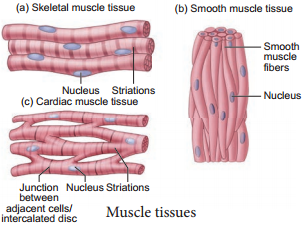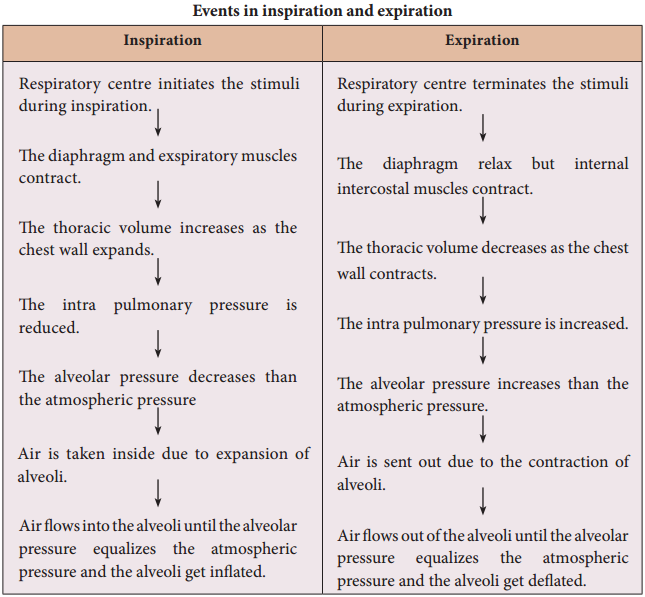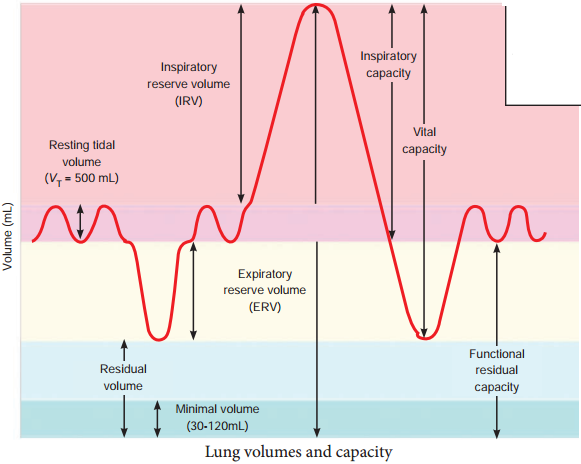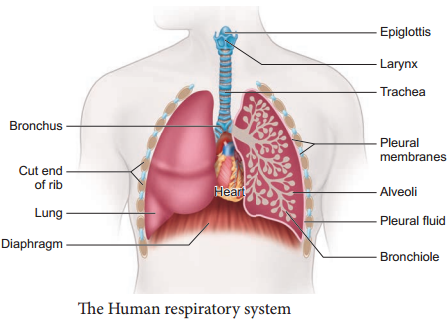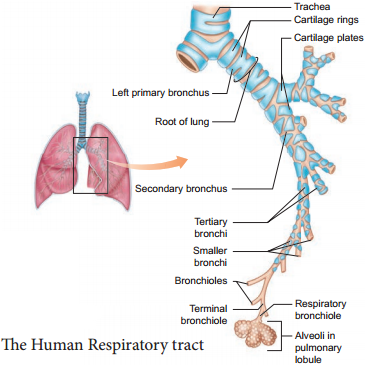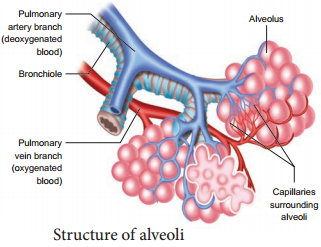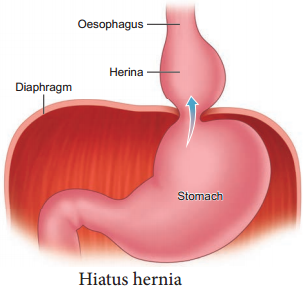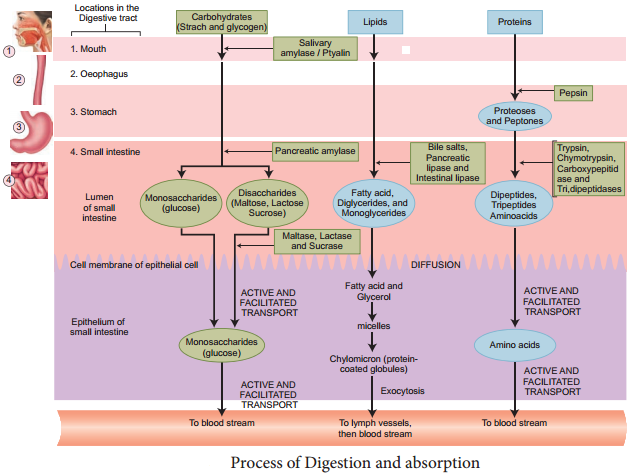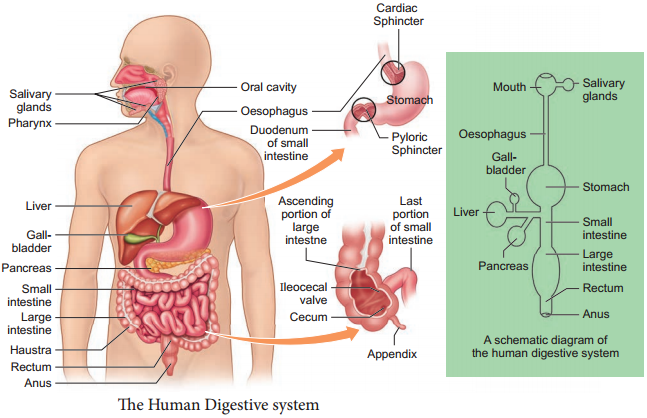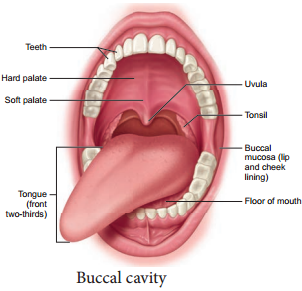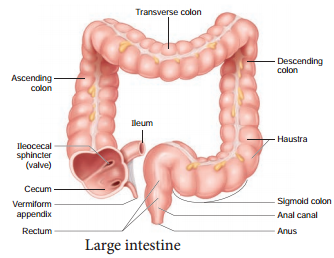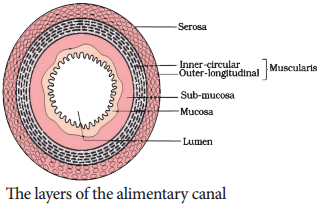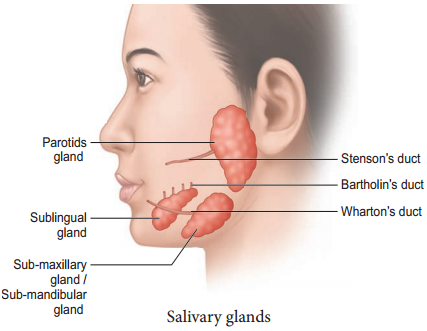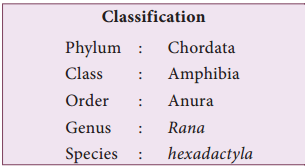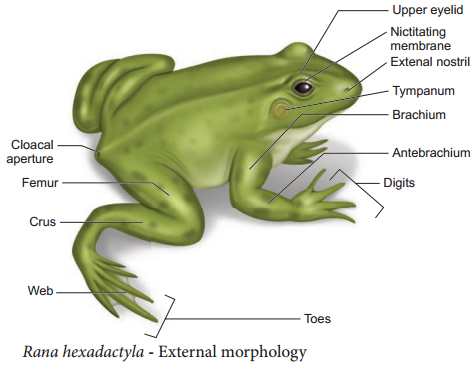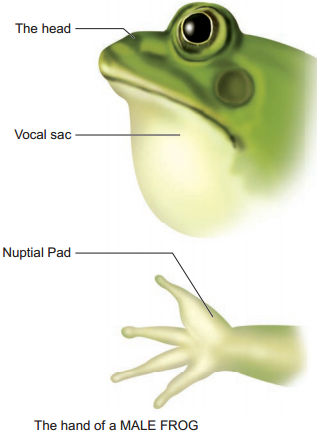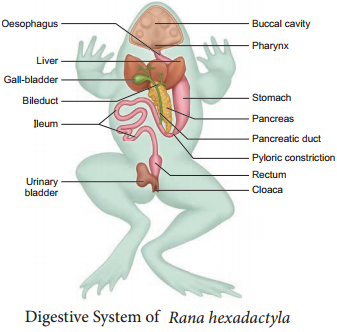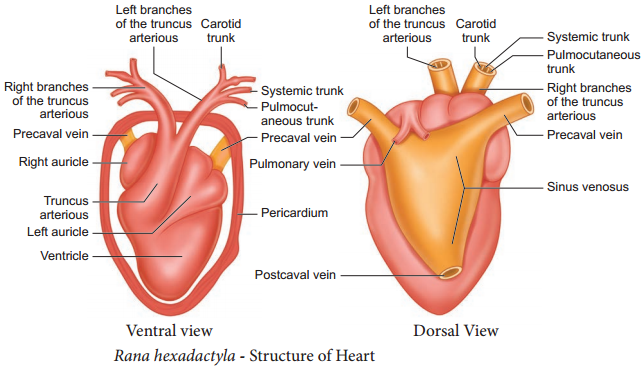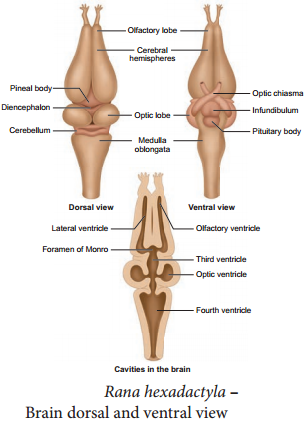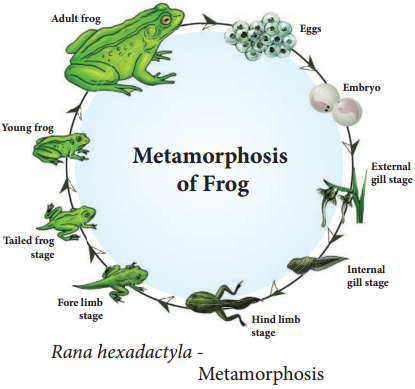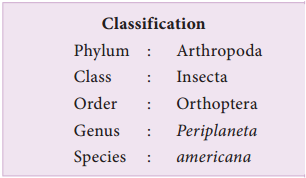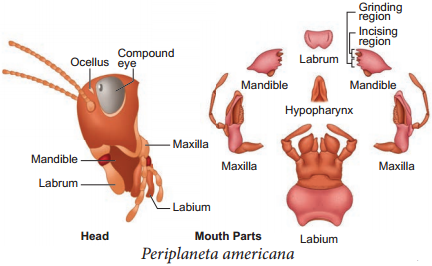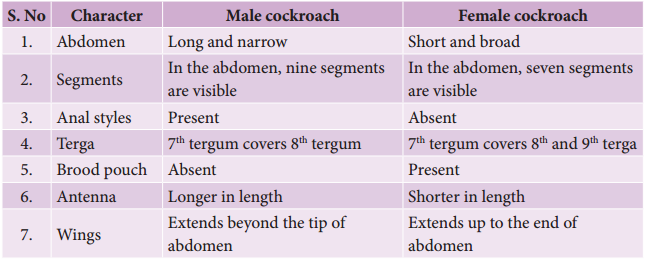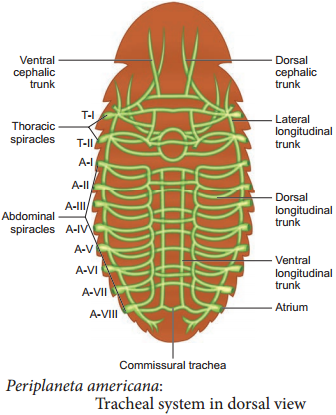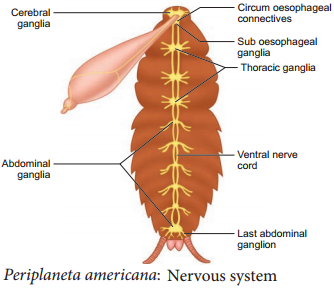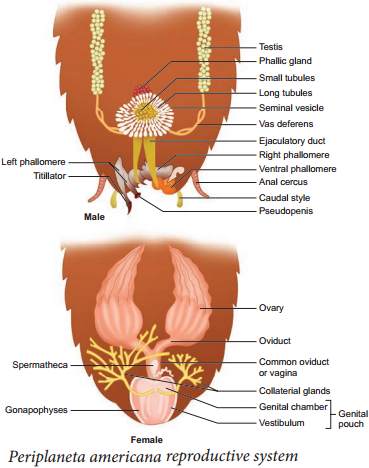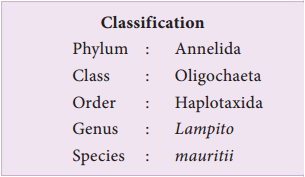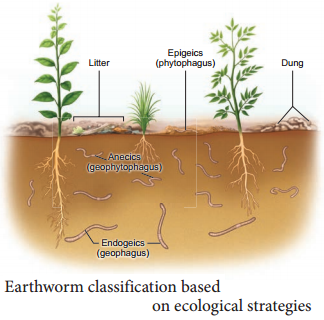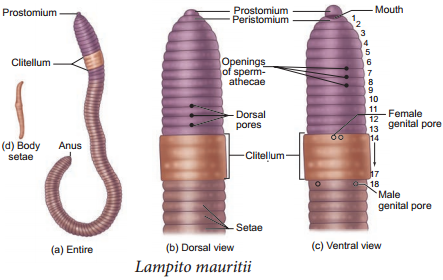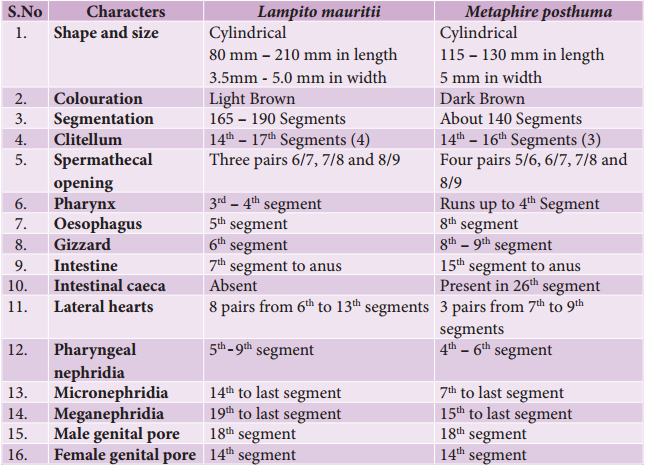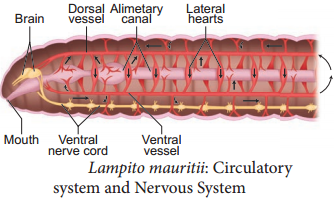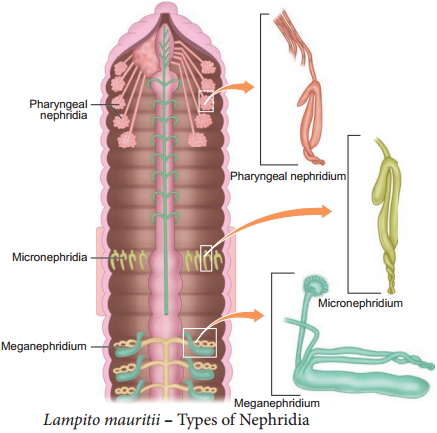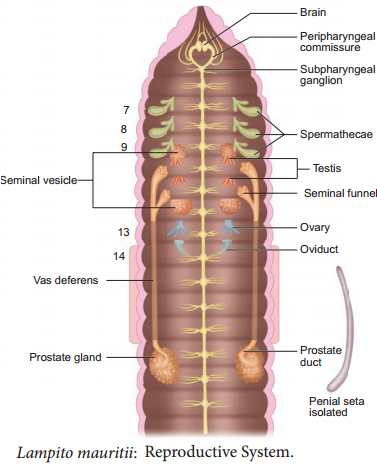Learninsta presents the core concepts of Biology with high-quality research papers and topical review articles.
Exchange of Gases in Respiratory Pigments, Methaemoglobin
The primary site for the exchange of gases is the alveoli. The uptake of O2 and the release of CO2 occur between the blood and tissues by simple diffusion driven by partial pressure gradient of O2 and CO2. Partial pressure is the pressure contributed by an individual gas in a mixture of gases.
It is represented as pO2 for oxygen and pCO2 for carbon-dioxide. Due to pressure gradients, O2 from the alveoli enters into the blood and reaches the tissues. CO2 enters into the blood from the tissues and reaches alveoli for elimination. As the solubility of CO2 is 20-25 times higher than that of O2, the partial pressure of CO2 is much higher than that of O2 (Table 6.1 and Figure 6.6).
Respiratory Pigments
Haemoglobin
Haemoglobin belongs to the class of conjugated protein. The iron containing pigment portion haem constitutes only 4% and the rest colourless protein globin belongs to histone classs. Haemoglobin has a molecular weight of 68,000 daltons and contains four atoms of iron, each of which can combine with a molecule of oxygen.
Methaemoglobin
If the iron component of the haem moieties is in the ferric state, than the normal ferrous state, it is called methaemoglobin. Methaemoglobin does not bind O2. Normally RBC contains less than 1% methaemoglobin.


Table 6.1 Partial pressure of Oxygen and Carbon dioxide (in mmHg) in comparison to those gases in the atmosphere.
